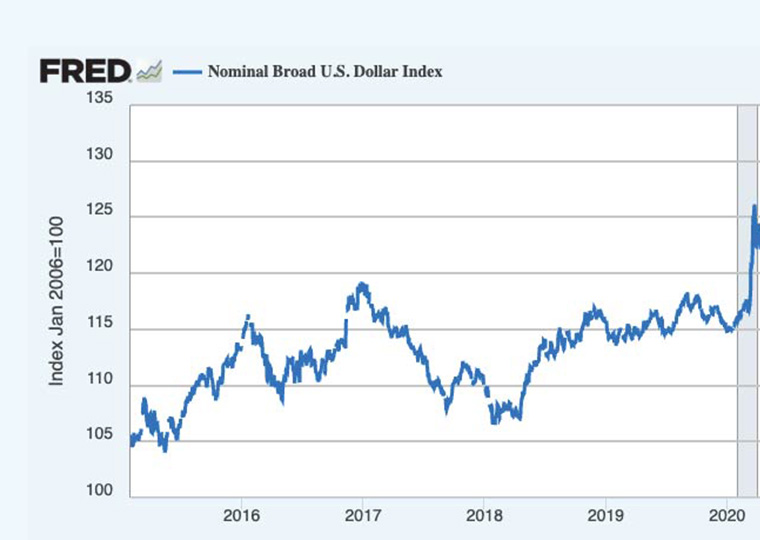Sales forecasting improves markedly as firms participate in standard setting organizations
When competing businesses decide to work together it can set off collusion alarm bells. As firms are pressured by investors to make higher profits, it’s easy to suspect that any form of cooperation between competitors is actually a veiled attempt to gain an advantage in the market through illegal gambits such as price-fixing, bid-rigging or agreements to carve out territorial monopolies. The long trail of antitrust cases suggests that such suspicions are not off base.
Yet, legal forms of cooperation between competitors benefit both the companies and the consumers of their products.
The Upside of Co-opetition
The aboveboard practice of competing firms cooperating with one another is known as co-opetition. Standard setting organizations are a good example of co-opetition. The members of these organizations include competing firms and their suppliers as well as academics. Members work together to develop standards and protocols for new technologies or products that will be compatible. We have SSOs to thank for creating the one standard Bluetooth protocol when we use our headphones with multiple devices (unlike charging devices, you’ve likely noticed).
To have a seat at the SSO table, a firm must agree to share some proprietary research and has no say in which other competitors can join in. In return, the benefit to SSO members is having a say in shaping standards for compatibility, which, in turn, will expand the market for their products and increase the rate of innovation.
It turns out that cooperating with competitors may also create an unintended upside for firms. A working paper by University of Pennsylvania’s Brian J. Bushee, INSEAD’s Thomas Keusch and UCLA Anderson’s Jessica Kim-Gina suggests firms participating in an SSO gain information about their product market, thus enabling them to better forecast annual sales.
The research set out to determine whether the high quality of information exchange central to SSOs actually benefited firms. The quality of a firm’s annual sales forecasts was used as a measure of this benefit with the idea that the accuracy of sales forecasts should improve over time due to a firm’s participation in SSOs.
Using data on SSO collaborators from Northwestern’s Searle Center on Law, Regulation and Economic Growth, the researchers studied the forecasting of firms that participated in 13 SSOs between 1980 and 2016. They compared a participating firm’s annual sales guidance to actual reported sales.
To quantify the improvement in forecast quality, researchers measured the forecast errors as the absolute difference between the forecasted sales and actual sales, scaled by the firm’s market value. A sales forecast error of 1% would be considered much more accurate than one of 3%.
Annual sales forecasts were used rather than quarterly sales forecasts since annual forecasts are considered more difficult to make and because the SSO process has a more direct impact on product sales over a longer period of time.
For Firms in SSOs, It’s All About Connection
The researchers looked at a firm’s level of participation in an SSO. They examined how centrally firms were located in the network of committees working on different aspects of the standard and whether centrally located firms made better forecasts. They posited that central locations in the committee network should lead to more information sharing, especially when firms were collaborating with their direct competitors since that may help them gain valuable information on competitor and industry sales.
The researchers created a “centrality score” as a measure of how well-connected a firm is within the SSO collaboration network. The centrality score captures the degree of a firm’s connection to other participating firms through committee collaborations and how well-connected those co-collaborators are.
They found that when a firm’s centrality score moved up from one quintile to the next, the accuracy of that firm’s forecast increased by 49% to 60%. The positive relationship is even stronger for firms highly networked with their direct competitors for a product. Firms that had more volatile sales, or a complex business that made forecasting more difficult, also saw a stronger relationship between their centrality score and improvement in forecast accuracy.
Better forecasting enables firms to use resources more efficiently with better planning and budgeting and improved investment decisions. More accurate annual sales forecasts are also a boon for investors as they analyze the prospects of a company. Perhaps a firm’s level of collaboration with competitors is an indicator that investors should begin paying closer attention to.
Featured Faculty
-
Jessica Kim-Gina
Assistant Professor of Accounting
About the Research
Bushee, B. J., Keusch, T., & Kim-Gina, J. (2021). Co-opetition and the Firm’s Information Environment. http://dx.doi.org/10.2139/ssrn.3925687






